This was John Taylor’s fourth visit to Stumperlowe Probus Club, but this time it felt more as though we were the visitors and he was leading us on a fascinating day out, virtually in our own backyard.
It’s amazing what undiscovered treasures there are on one’s own doorstep, and John’s talk took us on a guided tour either side of the boundary between South Yorkshire and Derbyshire.
That wavy line has of course been changed many times over the years. The Sheffield suburb of Dore, which once stood on the border of the Anglo-Saxon kingdoms of Northumbria and Mercia, was in the county of Derbyshire until 1934, and neighbouring Norton was transferred to Sheffield in two tranches, in 1901 and 1934.
John’s presentation could have been sub-titled Connected Jottings, but in fact there wasn’t a jotting in sight as he took us through an eclectic mix of local history without a single note in front of him. John is a professional historian with a broad knowledge of his subject. He is a writer, historical consultant and researcher, and often acts as a guide for English Heritage and other public bodies.
More importantly to us, perhaps, he also believes that history should be a fun subject appealing to all tastes and backgrounds.
“I like to look beneath the surface and link things together, so that the talk has continuity,” he told us in his introduction. “Horace Walpole coined the term ‘serendipity’ [meaning a fortunate happenstance or a pleasant surprise], but the difference with me is that I actually look for serendipity.”
Our meander started in Norton, birthplace (in 1781) of Sir Francis Chantrey, the leading portrait sculptor of Regency era Britain. Chantrey, who died at the age of 60 and is buried in the churchyard at Norton, was a friend of the Bagshawe family, which gave us a link to Oakes Park, home of the Bagshawes for almost 300 years until 1987.
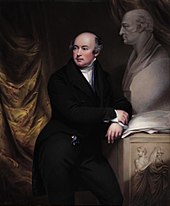
Francis Chantrey designed the terrace in front of the house, but Sir John Nash laid out the grounds of Oakes Park and the lake there was dug by Napoleonic prisoners between 1803 and 1804. So on now to Dronfield, where the Lucas Arch marks the site of Lucas’s steel foundry which produced cannonballs which were used in the Napoleonic Wars and, in all probability, at the decisive Battle of Waterloo.
The Napoleonic link then took us on to Chesterfield, where French officers who were prisoners of war were billeted at the Falcon Inn, now a branch of the Yorkshire Building Society.
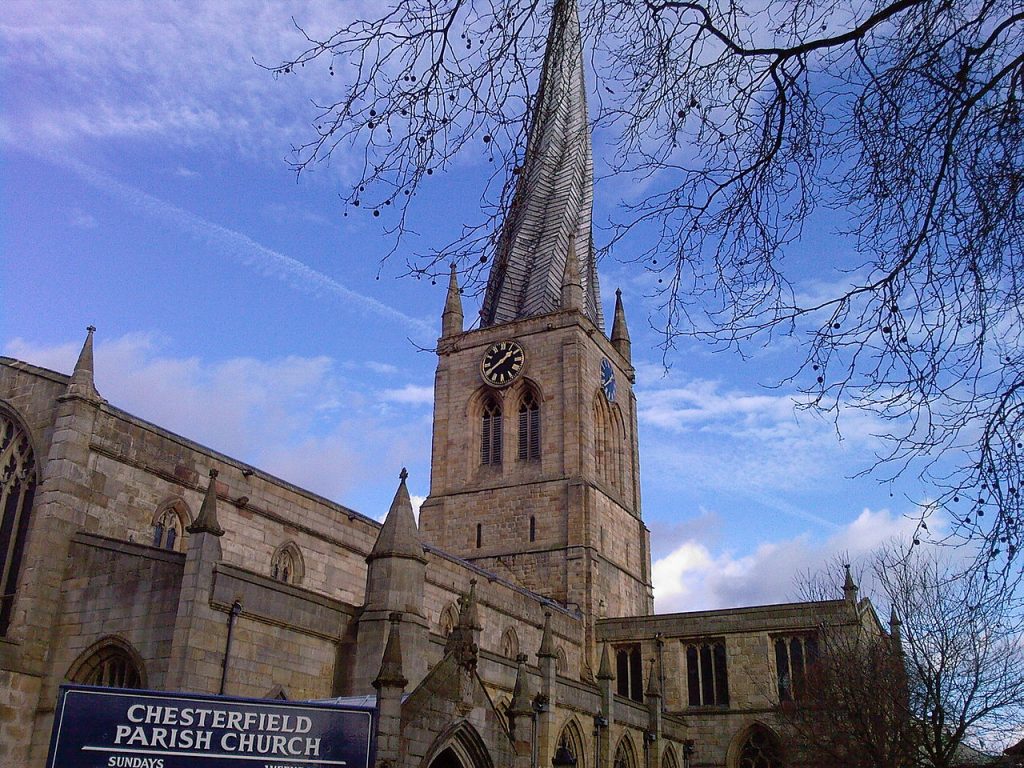
The town is probably most famous for its crooked spire, and in the churchyard of St Mary and All Saints is a memorial stone to a French prisoner who was captured in Sardinia, imprisoned on a floating hulk ship and then offered parole in Chesterfield.
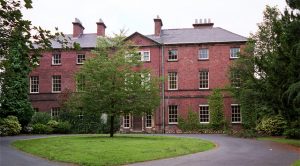
We went, appropriately, via the only remaining building which made up the original Chesterfield railway station to Tapton House, which was the home of railway pioneer George Stephenson for the last ten years of his life. The house was then bought by the Markham family of engineers and colliery owners and it was the birthplace in 1872 of the prominent suffragette Violet Markham.
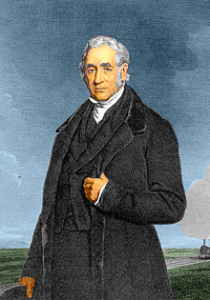
George Stephenson, whose statue stands outside the present Chesterfield station, is best known as the father of the railways, but he also designed a miner’s safety lamp and even a glass cucumber straightener, an example of which is on display at the town’s museum. Not a lot of people know that.
At Ashover we saw the Crispin Inn, dating back to the time of Agincourt, and – next door to it – All Saints’ Church which houses a lead font dating back to 1150 which the rector, Emanuel Vaughan, buried in his garden for five years during the Civil War.
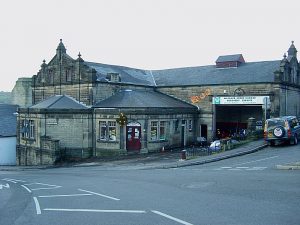
Hold tight! Our next stop was Matlock, and what was previously the winding house for the steepest roadway tram system in the world, beating even San Francisco. Smedley’s Hydro in the town became a School of Military Intelligence during World War Two, when Dirk Bogarde (who would end his service as a major) was among its students.
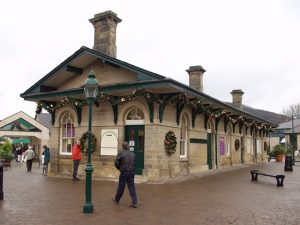
Rowsley Retail Park was built as the sixth Duke of Devonshire’s railway station. No doubt Chatsworth’s garden designer Joseph Paxton used the station in later years, but his first journey to Chatsworth had been via the Chesterfield coach and a long walk over the moors. Paxton, who coincidentally was the maternal grandfather of Violet Markham, of Tapton House, is buried in the family tomb in the churchyard at Edensor.
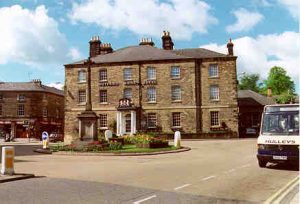
Who knew that Jane Austen wrote, or at least revised the manuscript of, her novel Pride and Prejudice while staying at the Rutland Arms in Bakewell, where the first eponymous pudding was made by an Ann Wheeldon?
Frederic Barker, Archbishop of Sydney from 1854 to 1882, was born in Baslow and is buried in the churchyard there.
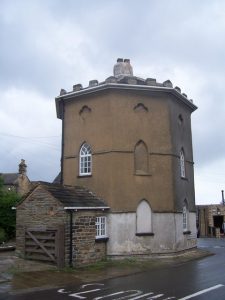
Almost back in Sheffield now, and the Round House at Ringinglow, built in 1893 at the convergence of two turnpikes, isn’t round at all but octagonal. Totley Tunnel, which cuts beneath the Derbyshire-Yorkshire boundary, was opened in the same year but the memorial to the navvies killed during its construction is in the cemetery at Crookes, traditional centre of the Irish community in Sheffield.
Our run-in to the centre of Sheffield was via the city’s first tram shed at Heeley, built in 1878, and the Botanical Gardens, to the Wicker Arches, designed by Sir John Fowler, of Wadsley Hall, whose later work included the Forth railway bridge.
After a diversion to Ecclesfield, where Nelson’s personal chaplain Alexander John Scott is buried (he was the father-in-law of the vicar), we ended up in paradise. Well, Paradise Square to be precise.
The aforementioned Francis Chantrey had his first studio at No 24, and other occupants of the square included the physician David Daniel Davis, who was present at the birth of Queen Victoria in 1819 and was later appointed first Professor of Midwifery at the University of London.
Never again need we be short of ideas for a local day out!
